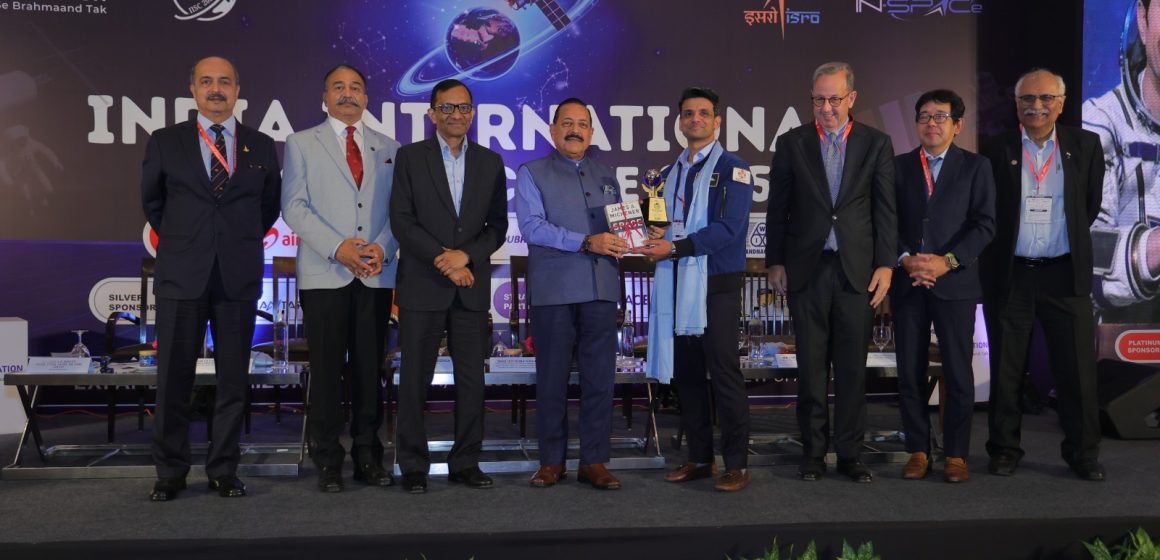The Minister of State for Science & Technology and Space has urged more conversations on India’s achievements in “extra‑rocket applications of space,” where technology is harnessed to make daily life easier.
Commending the role of India’s space technology startups in boosting the sector, Minister of State for Science & Technology and Space Jitendra Singh said the country could look forward to reaping a windfall from its rapid expansion.
Delivering the keynote address at the ‘India International Space Conclave,’ organised by the apex Indian Space Association (ISpA) in New Delhi on Tuesday, Singh said, “We had just a handful of start‑ups [five years ago]. Today, we have nearly 300, some with global potential.”
He noted that in less than five years, some of these first‑generation start‑ups have already turned into million‑dollar ventures, demonstrating that India’s youth possess not only scientific aptitude but also entrepreneurial drive.
“When I was in Hyderabad, I asked some young entrepreneurs where they would raise the money running into thousands of crores. They replied confidently that they would manage foreign investment through FDI. This proves our young boys and girls have the talent and entrepreneurial skill that was long held back for no justified reason,” Singh added.
Until recently, the sector’s share in the economy was negligible, barely considered part of the larger economic framework.
“Today, it stands at $8 billion and is growing. At the pace it is moving, projections suggest that in the next 8-10 years, it will reach $44-45 billion.”
Singh said the sector will be a major contributor as the Indian economy climbs global rankings. He pointed out that opening the space sector to private participation in 2020, followed by reforms, has transformed space into a popular movement.
“Now, whenever we have a launch, we see students, youngsters, and potential start‑ups participating. This was something waiting to happen. Perhaps the political decision was delayed. And now, look at the results; amazing!”
He highlighted accomplishments such as Chandrayaan‑1’s discovery of water on the moon’s surface (2008), the launch of 104 satellites in a single mission (2017), the success of Mangalyaan on its very first attempt (2013-14), and Chandrayaan‑3’s historic landing on the lunar South Pole (2023), all of which have firmly established India’s global credentials in space exploration.
Beyond Rocket Launches
Singh urged the audience to highlight India’s unique “extra‑rocket applications of space,” which deploy space technologies to improve ease of living.
“We talk of Chandrayaan, we talk of Shubhanshu (the Indian astronaut who recently reached the ISS), and other missions because they sound romantic and capture imagination. But in reality, nearly 70 per cent of our space applications are designed to improve ease of living for the common man, something few other countries can claim.”
He cited the success of the GatiShakti portal for integrated infrastructure planning and multi‑modal connectivity, which was recently opened to private sector use, with other countries also showing interest in it. Similarly, the SWAMITVA programme is empowering citizens to map their own land and farms.
“When I first saw this (SWAMITVA), I wondered what role the patwari (land record officer) would play now. With such accuracy and transparency, old inefficiencies are being replaced.”
Singh also touched upon the advances made in telecommunications and telemedicine using space‑based applications, emphasising how space technology is increasingly woven into everyday life.
– Manish Pant


